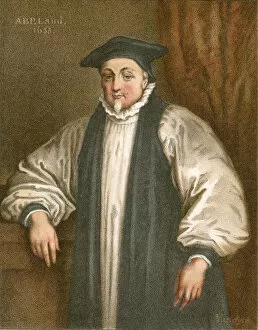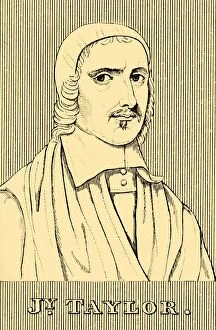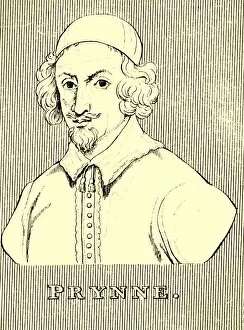Archbishop Laud Collection
Archbishop Laud, a prominent figure in English history, played a significant role during the tumultuous period of the 17th century
All Professionally Made to Order for Quick Shipping
Archbishop Laud, a prominent figure in English history, played a significant role during the tumultuous period of the 17th century. Known for his close association with King Charles I, Laud's actions and beliefs stirred controversy and ultimately led to his downfall. One engraving depicts Archbishop Laud blessing Strafford, the Earl of Strafford who was on his way to execution in 1641. This image captures the power dynamics between these two influential figures and highlights Laud's unwavering loyalty towards his fellow royalist. Another engraving portrays the Trial of Archbishop Laud, showcasing the intense scrutiny he faced for his religious policies and alleged abuses of power. Despite defending himself eloquently during this trial, it proved futile as he was found guilty and sentenced to death. Laud's commitment to upholding Anglican traditions is evident in various engravings that depict him engaged in religious ceremonies or surrounded by distinguished Royalists who shared similar beliefs. These images reflect both admiration for Laud's steadfastness but also highlight how divisive his actions were among those who opposed him. One captivating lithograph titled "Charles I at Oxford" showcases a moment of respite amidst turbulent times. In this scene from "The Happy Days, " Charles I is seen enjoying an idyllic moment at Oxford University alongside Archbishop Laud. This image reminds us that despite their eventual tragic fates, there were moments when they experienced fleeting happiness together. While some celebrated Laud as an advocate for traditionalism within the Church of England, others saw him as a symbol of oppression and intolerance. The engravings capture contrasting perspectives on this controversial figure whose influence extended far beyond ecclesiastical matters. In addition to capturing key moments from Laud's life, several portraits offer glimpses into other notable individuals associated with him. Jeremy Taylor, one such figure depicted here, was a renowned theologian influenced by Laud’s teachings while Prynne represented one among many critics who opposed Laud's religious policies.











